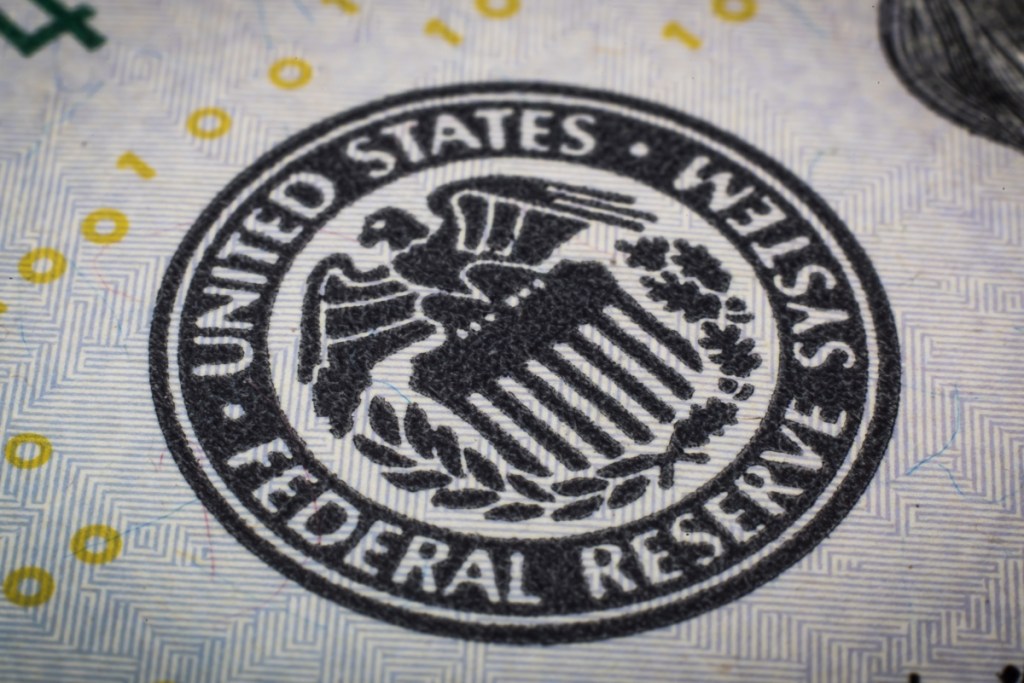The Federal Reserve made another bid for economic stability on Friday after Vice Chairman Richard Clarida said he expects the central bank to maintain the pace of its bond purchases through 2021.
“My economic outlook is consistent with us keeping the current pace of purchases throughout the rest of this year,” Clarida said to the Council of Foreign Relations on Friday, CNBC reported.
To prevent a credit crunch and make borrowing cheaper, the Federal Reserve started buying bonds — Treasuries and mortgage-backed securities — in March.
Now, at an average of $120 billion a month — split between $80 billion in Treasuries and $40 billion in MBS — Fed holdings have surpassed $7 trillion, and Clarida doesn’t see a pullback anytime this year.
In a separate session, the vice chairman said it’s going to be “quite some time” before the Fed considers tapering the pace of its purchases, but looking at the data, he’s optimistic.
“We want further progress in the labor market and moving toward our 2% inflation objective, and I think that’s some ways away before we declare victory on that,” Clarida said.
The announcement arrived as a reiteration to Fed Chairman Jerome Powell’s speech on Dec. 16 when the Federal Open Market Committee left the overnight lending rate unchanged, with expectations to keep interest rates low until the economy hits the Fed’s standards.
Then as now, the Fed predicts the path of the recovery will depend significantly on the course of the virus, though Powell said to get inflation back to 2% is going to “take some time.”
Overall, Fed bond purchases have helped to drive mortgage rates and other loan interest rates to the lowest level on record by boosting the competition for bonds, which compresses yields.
Following the recent win by Democrats in Georgia, the 10-year Treasury rose above 1% for the first time since March, though experts note that rise could be temporary.
When “unlimited” MBS purchases began in March, the bank went on a three-day buying spree, buying $99.9 billion of MBS, with a peak on March 26, after it purchased $41.9 billion. Those purchases pushed down the average daily mortgage rate a total of 8 basis points over the three days, according to Optimal Blue data.
All these asset purchases eventually led to mortgage rates breaking their own record a whopping 16 times by the end of 2020, and some even speculate these record low rates may last the better part of the decade.
But everybody’s crystal ball is a little different. According to Clarida, In particular, the median FOMC participant projects that by the end of 2023 the unemployment rate will have fallen below 4%, and personal consumption expenditures (PCE) inflation will have returned to 2%.
Following the financial crisis of 2008, it took more than eight years for employment and inflation to return to similar mandate-consistent levels.





